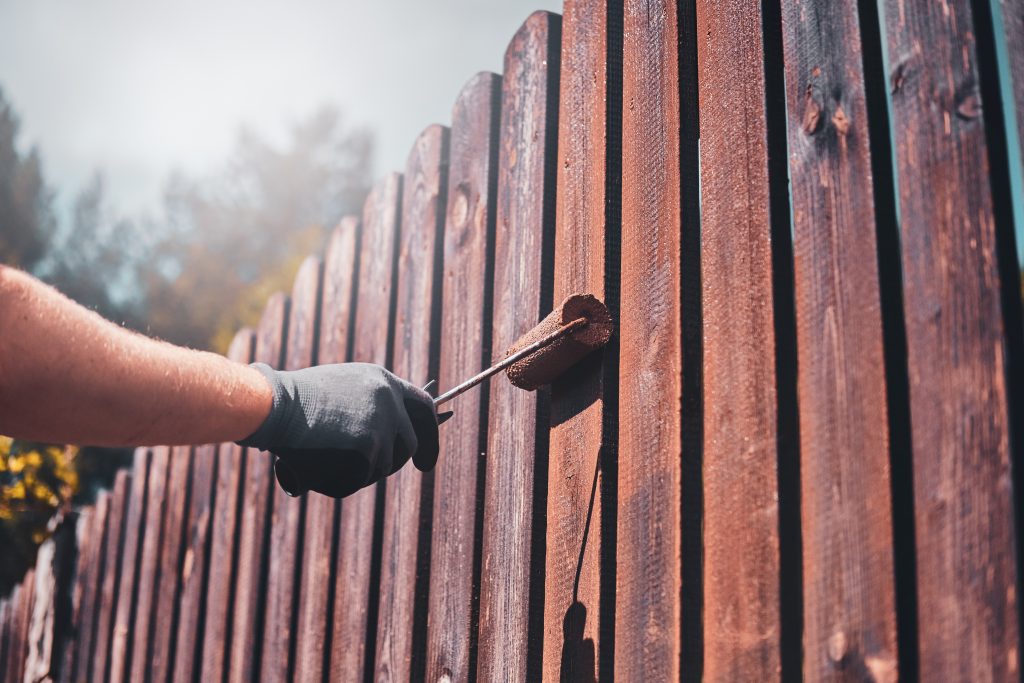 If you’re considering hiring me, I want you to know that the Simple Case Studies process isn’t as daunting or time-consuming as you might think. Once I understand your business and the services you offer, I will do most of the research and writing.
If you’re considering hiring me, I want you to know that the Simple Case Studies process isn’t as daunting or time-consuming as you might think. Once I understand your business and the services you offer, I will do most of the research and writing.
Getting Started with my Case Study Service
The longest part of the process is the initial interview, which may take 1-2 hours. I need to understand what you do, what makes you different, and what your goals are. I also want to know the objections prospective clients have and how you’re addressing them. It is also helpful to know how you are currently advertising.
I also want to understand what’s involved in typical project, because it helps me write more intelligently about what you do.
For example, say you build fences.
As a homeowner, I probably don’t realize how much you need to know, or what you need to do, to give me the fence I want.

Building a fence involves multiple steps, including:
- Planning: Deciding on the fence’s height, materials, style, and location of the fence and gates.
- Obtaining permits: Obtaining any necessary building permits to ensure that the fence is built to code and meets safety requirements.
- Site preparation: Clearing the area of any obstructions, marking the boundaries of the fence, and ensuring no underground utilities or structures could be damaged during construction.
- Setting fence posts: Properly setting the fence posts to provide the foundation for the fence’s stability, which involves digging holes for the posts, inserting the posts, and securing them with concrete.
- Installing rails and panels: Installing the rails and panels made from various materials such as wood, vinyl, aluminum, or chain link.
- Building gates: Constructing the gate frame, measuring the gate opening, and attaching hinges and latch for fence that includes gates.
- Finishing touches: Finishing the fence with decorative elements, trim, paint, or stain.
- Cleaning up: Clearing away construction debris and cleaning up the site.
- Inspection: Inspecting for safety requirements and building codes.
Once I understand these steps, I can build some of that knowledge into each case study to help educate your client and demonstrate your expertise.
Process for Individual Case Studies
For each case study, you’ll send me some basic info and bullet points about the project. You can email these to me or we can have a short phone conversation.
These will vary by type of project or service, but something like:
- brief project background
- service(s) delivered (problems solved)
- products used
- results
- testimonials or quotes if available
- photos, if relevant
Much of this can be in the form of bullet points.
You can get more ideas about the type of info I will need by looking at my case study examples.
Once I have that info, I do some research. I study Google, I study your competitors, I study companies involved (if applicable), I study the products and services. I’ll pull some of this from your own website, of course.
I do this research because I want the cases studies to be easy to find in Google and because I want your skills and knowledge to stand out!
Promoting the Case Studies
A key “next step” is for me to write publicity-focused articles that describe the results of your case studies, and publish those articles on News sites. This type of exposure and press coverage expands your reach and very often increases your Google rankings.
How Often You Should Publish Simple Case Studies
Two or three a month is a common schedule. That is regular enough to build a body of work for Google and for prospective customers (your “doubters”, who are not yet convinced about hiring you.)
However, you may want to add more to your website, more quickly. You can give me details about past projects, not just recent projects, and I can add a whole Case Study section on your site.
Remember, a single case study isn’t going to do much for you. Simple Case Studies are most effective when you “stack the proof”.
In other words, you provide evidence over and over again that you’re very good at what you do. These case studies are permanent advertising for you. The more case studies you do, the more prospective buyers come to trust you. And the more likely they are to hire you.
Your Next Step
Contact me and tell me a little about your business and what you want to accomplish. We can meet briefly in person or over the phone. I’ll then do some research and send you a proposal. There is no set pricing – I’ll tailor to suit your goals and your budget.
I look forward to talking to you!

